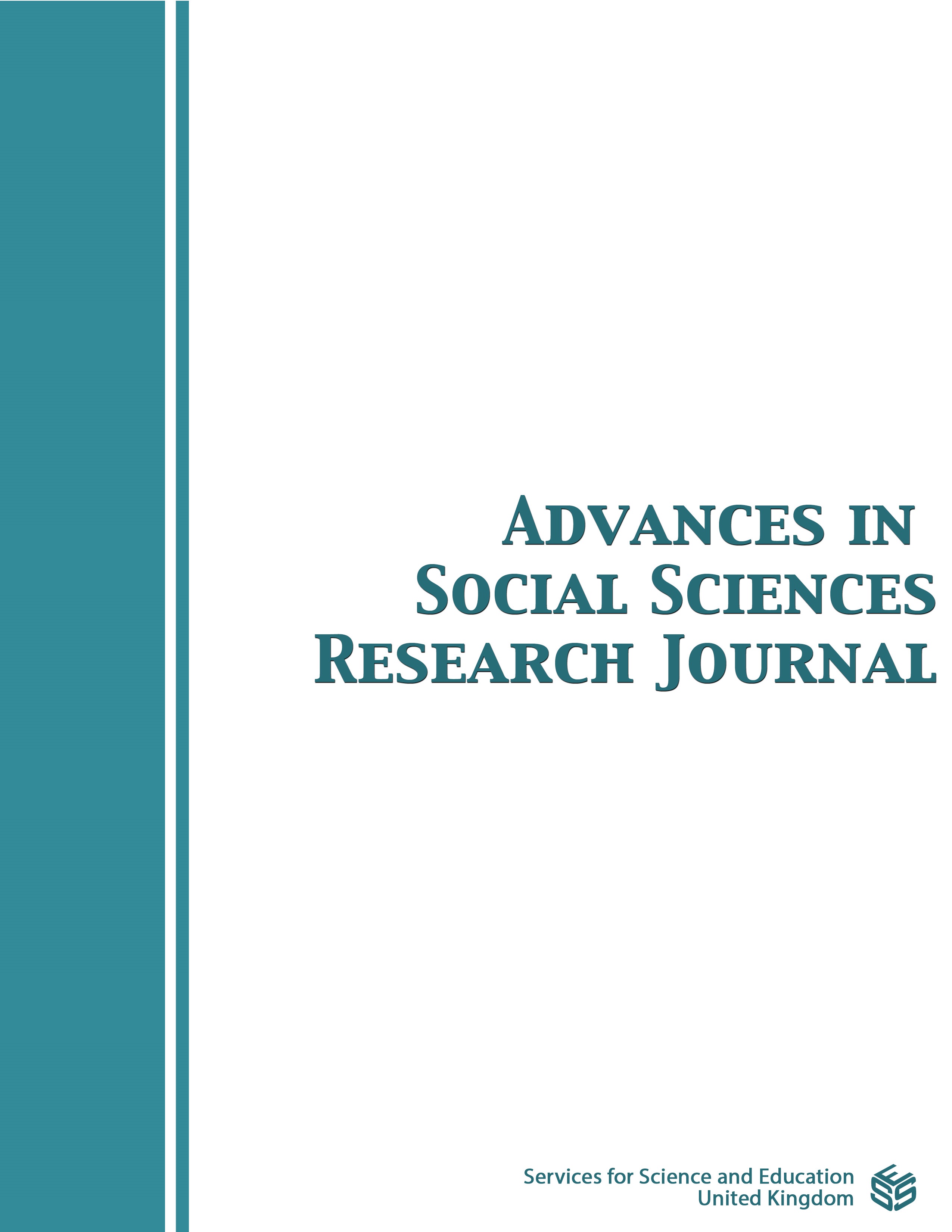Youth and Service Work in Fast Food Restaurants: Some Structural and Cultural Considerations
DOI:
https://doi.org/10.14738/assrj.119.17561Keywords:
youth, service work, fast food restaurants, dignity of labour, caste, genderAbstract
The India Employment Report (2024) highlights the problem of youth unemployment and its insufficient absorption in the non-farm sectors and recommends the skilling of youth as a remedy for tardy economic growth and employability. In view of the proposed solution, I suggest that we inquire into the nature and conditions of non-farm work in alternative sectors and the experience of this work for young people. The issue is the adequacy of training and skilling as sole measures to counter insufficient absorption. My concern regarding the recommended solution is a short shrift it gives to structural and cultural factors as facilitators or barriers to absorption, and the retention of workers. This article is an inquiry into the organization and culture of service work in fast food industry– a non-farm sector–under conditions of globalization. The experience of service workers reveals the relation between service work and attitudes towards cleaning, meaning of toilet cleaning, gendered division of labour, hierarchy of tasks, ascriptive and unequal access to jobs, and dignity of labour. The experience of service work is not the same for girls and boys; it is fraught with different sorts of tensions for them. These insights question the efficacy of training and skilling as the talismanic measures for countering the problems under consideration. They make a strong case for the consideration of cultural and structural realities of India.
Downloads
Published
How to Cite
Issue
Section
License
Copyright (c) 2024 Anjali Bhatia

This work is licensed under a Creative Commons Attribution 4.0 International License.
Authors wishing to include figures, tables, or text passages that have already been published elsewhere are required to obtain permission from the copyright owner(s) for both the print and online format and to include evidence that such permission has been granted when submitting their papers. Any material received without such evidence will be assumed to originate from the authors.






